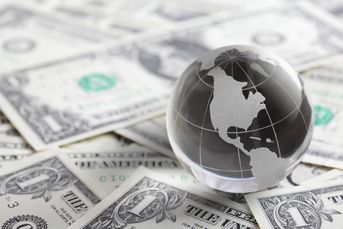Despite tripling assets, responsible investing funds haven’t outpaced market
An analysis shows retail investors drove global growth over the past 10 years, while the bias for negative screening and active strategies continued.
A new comprehensive study reveals that while the global responsible investing space has grown significantly over the past 10 years, responsible investing strategies aren’t growing at the expense of other types of funds.
According to new research by the CFA Institute, responsible investment funds have seen a nearly threefold increase in AUM over the last decade, with total net assets soaring from roughly $2.2 trillion in 2012 to $6 trillion in 2022.
Globally, retail investors proved to be a driving force for responsible investing funds, with two thirds (65 percent) of responsible fund AUM coming from retail investments.
The US bucked the trend, however, as institutional investors have held the lion’s share of responsible investing fund assets since 2018. Currently, institutions account for 70 percent of the funds’ AUM in the US, according to the CFA Institute.
Retail and institutional investors had different motivations for responsible investing, the research said, with institutions tending to focus more on achieving better risk-adjusted returns.
“Institutional investors across markets are facing an increasingly complex regulatory and political environment, potentially affecting the further growth of institutional assets and deterring their further participation,” Rhodri Preece, senior head of research at the CFA Institute, said in a statement.
In contrast, Preece expects younger investors will have a growing influence on ESG in the years ahead as they express their personal values and preferences through responsible investment strategies, including negative screening and thematic products.
Among the different types of responsible investment strategies, negative screening was the most favored by both retail and institutional investors, with 72 percent of responsible investing funds’ AUM falling within that category in both segments.
Despite the increase in assets and fund flows in the past decade, the research found the market share of responsible investing funds has been relatively flat, inching up from 14.2 percent in 2012 to 15.4 percent in 2022.
The research also found a bias toward active management in the space, with assets in active equity, bond, and mixed-asset strategies far surpassing those in responsible investing index funds. The disparity was most stark among mixed-asset responsible investing funds, where active AUM stood at $896 billion by the end of 2022 compared with just $3.6 billion in passive funds.
Tony Robbins explains how to profit from real estate, energy and sports teams
Learn more about reprints and licensing for this article.








